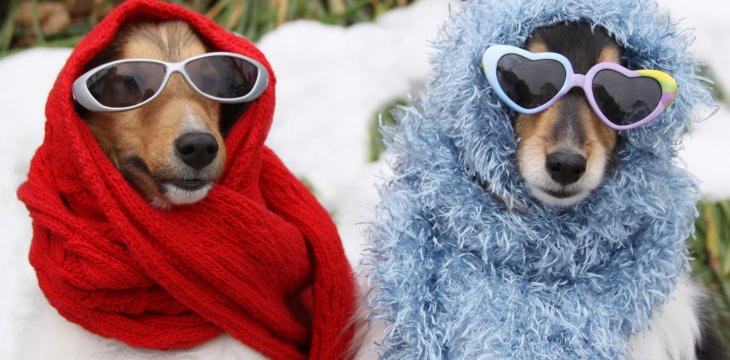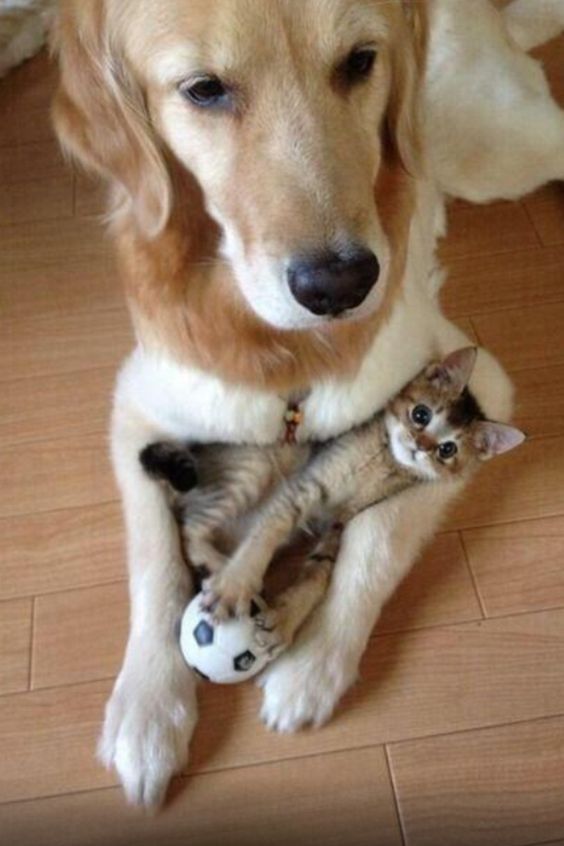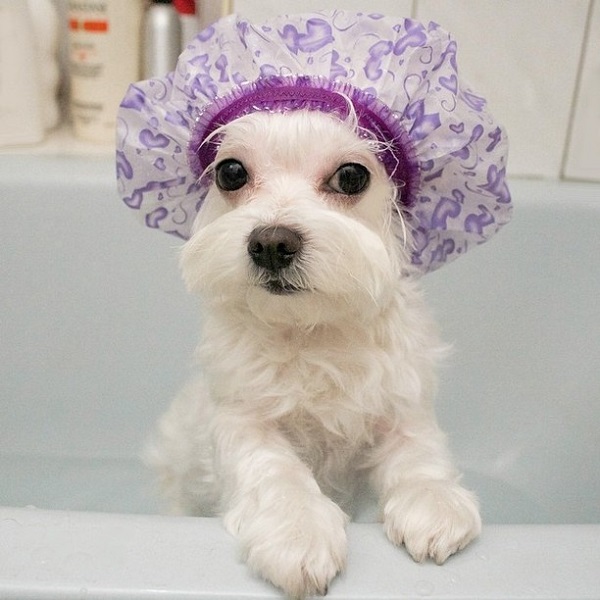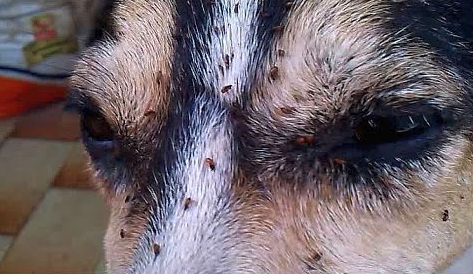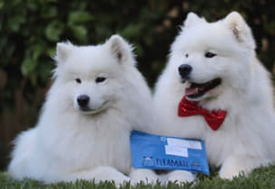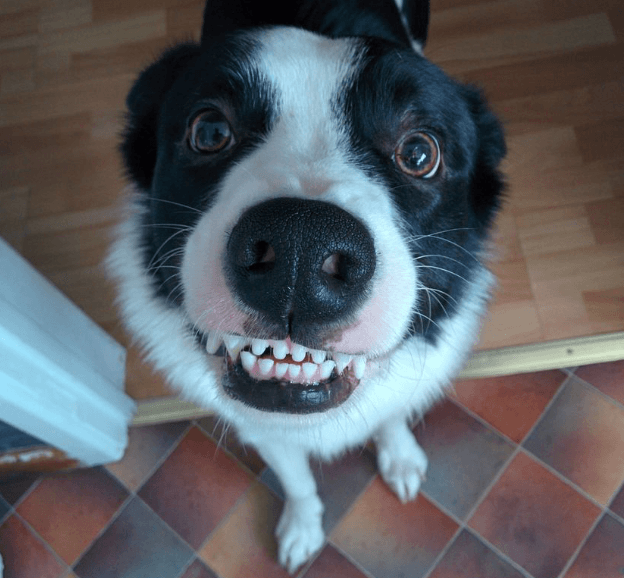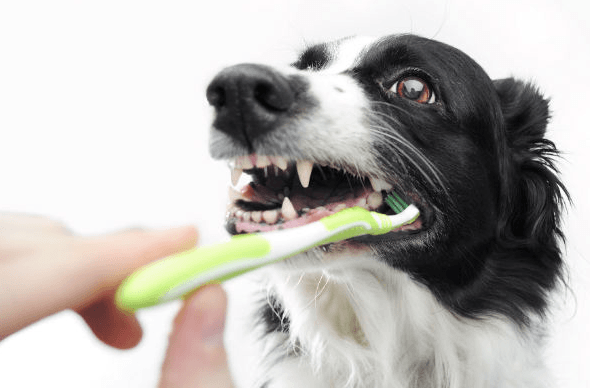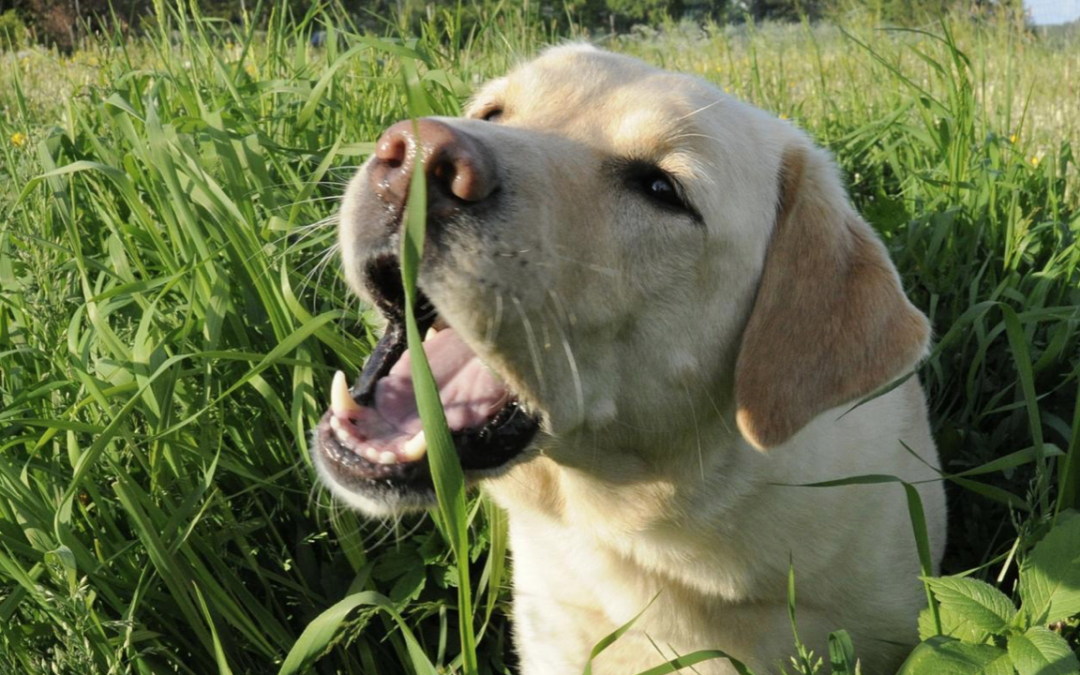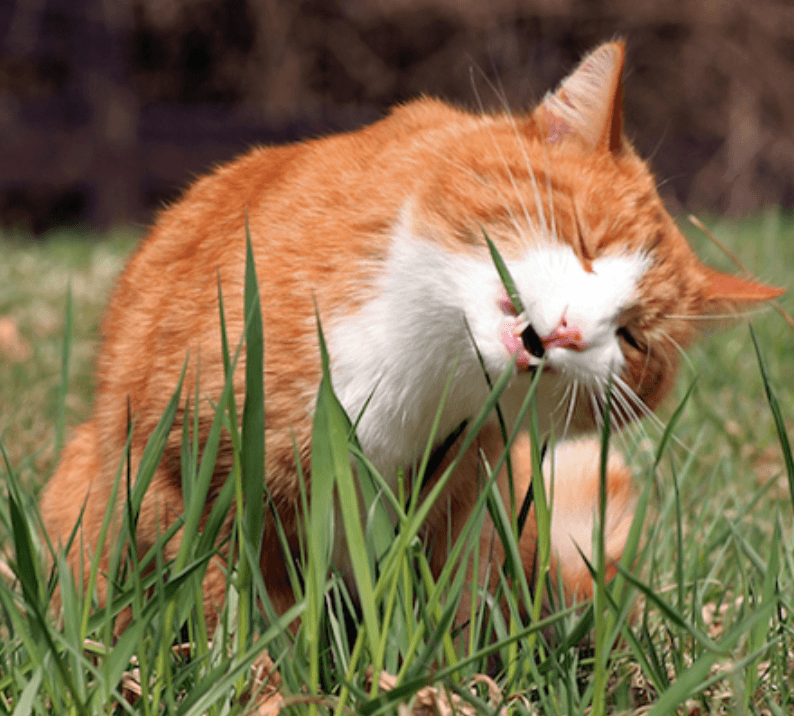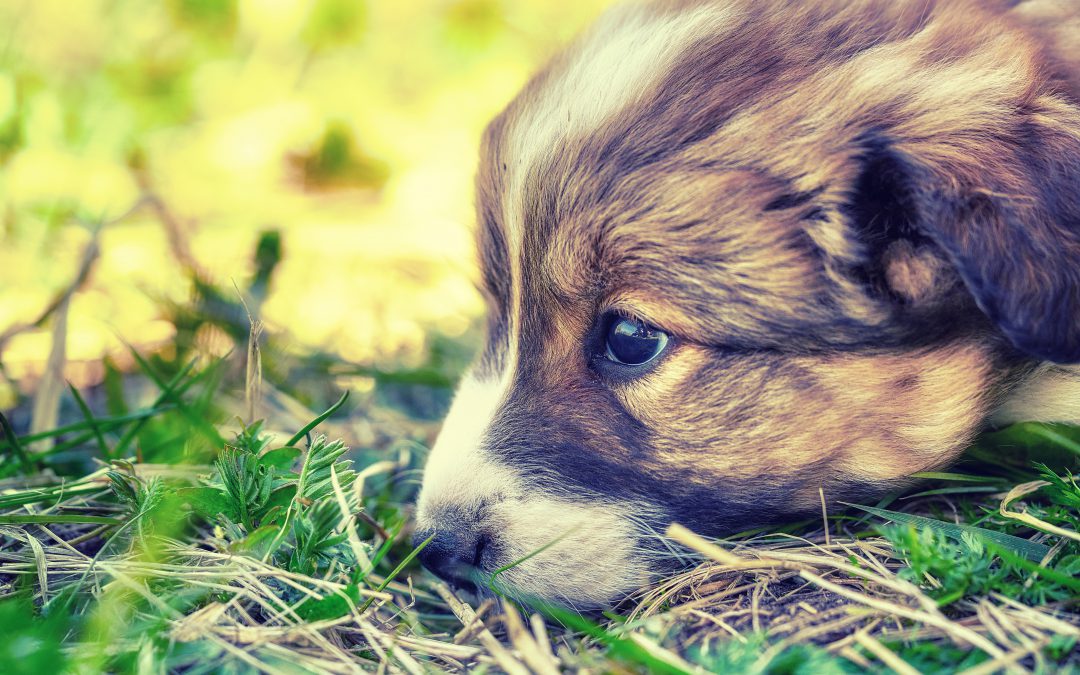
How To Combat The Puppy Blues
Combatting the puppy blues.
Do you have a new puppy?
If so, congratulations! Puppies are the best! However, your happiness may be short-lived. Studies show that many owners experience post-puppy depression.
It’s not unusual for new puppy owners to experience a period of adjustment after bringing their furry friend home. But sometimes that adjustment can last a little longer than expected…
Is this feeling normal? You had this wonderful vision of what life was going to look like when you welcomed your puppy to your home.
And this isn’t it…
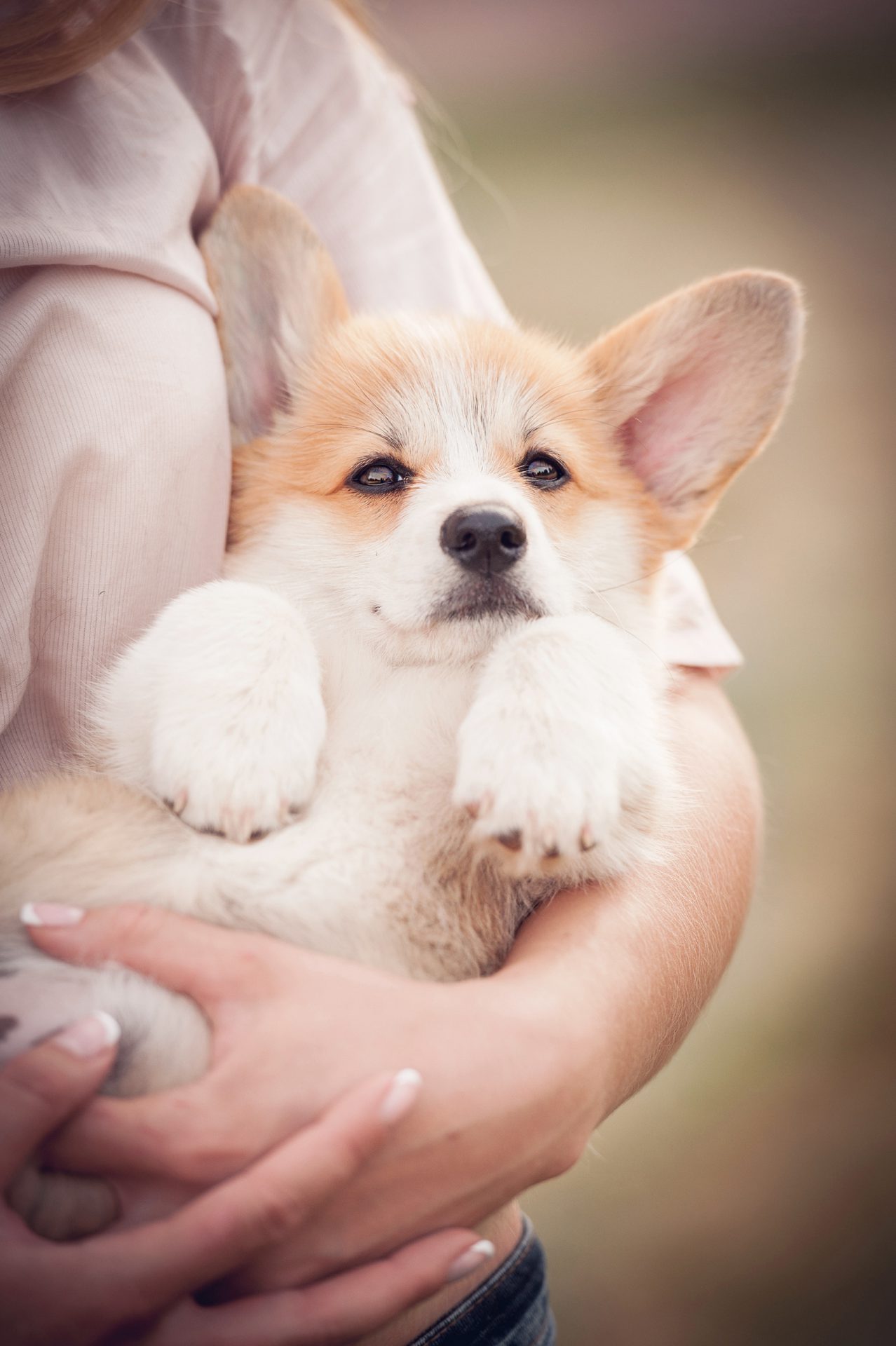
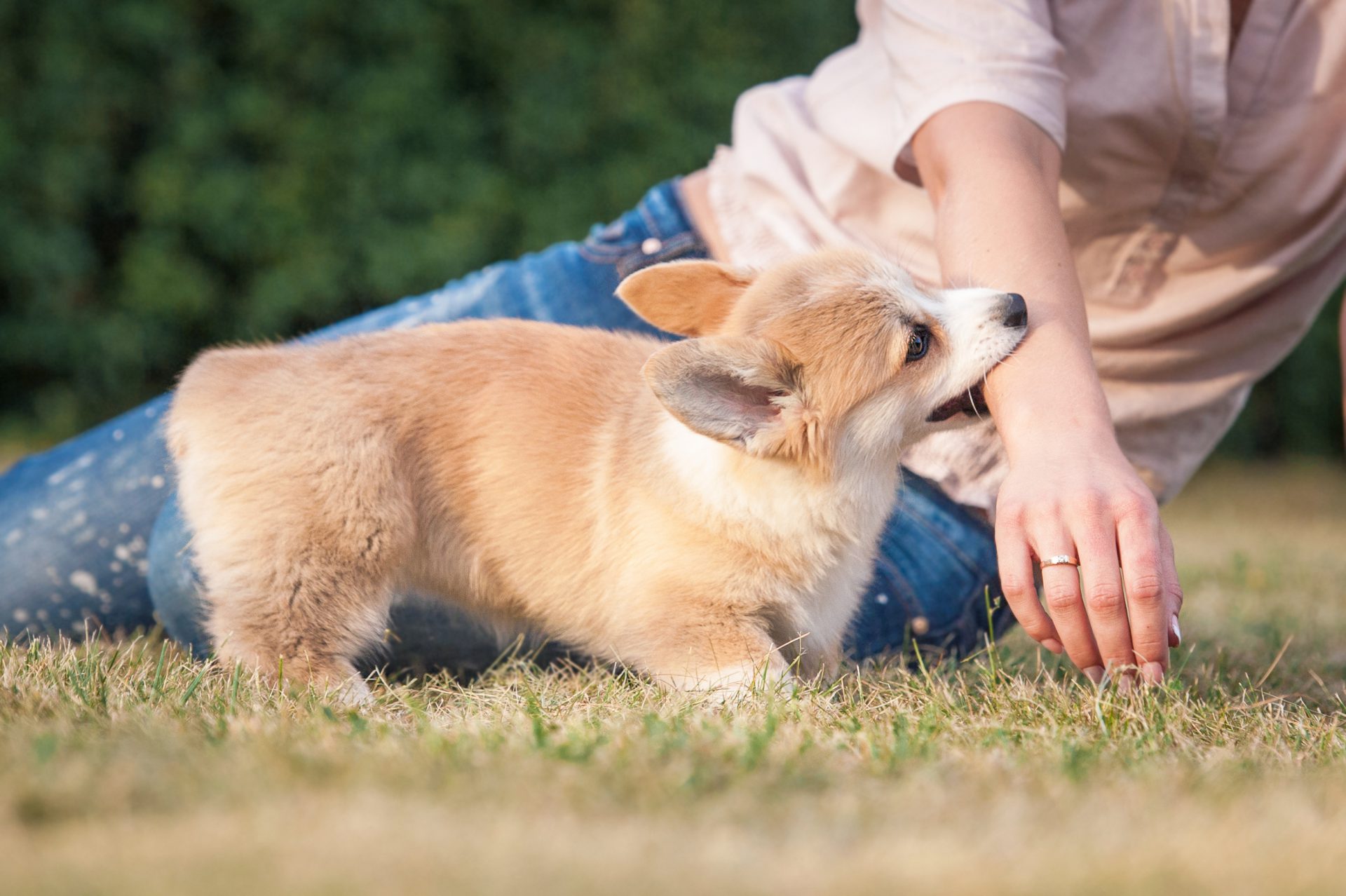
You’re tired, you’re refreshing the mop bucket during toilet training ad nauseam and the teeth marks on your arm has you wondering, “was my puppy somehow crossed with a shark?”
It’s disappointing, upsetting, frustrating, and you might even be feeling like getting your puppy was a terrible idea. Don’t panic! It’s also normal!
Why is it normal? Because you are dealing with a puppy, the equivalent of a toddler in the terrible-two phase… Except you can’t find your left shoe because it’s being chewed on (even though you bought about 300 dog toys to amuse them).
If this sounds like you, here are a few tips to help you get through it.
Take a Break
Try to incorporate several breaks into your day. It can get difficult to be attentive, patient, and upbeat about integrating your puppy into your life all the time. Taking care of yourself is critical, and that includes allowing yourself to take a break. Whether it’s a 15 minute shower while your puppy is in their crate, a nap while someone else watches over them, or a full day while your dog is in day-care, make time for breaks!
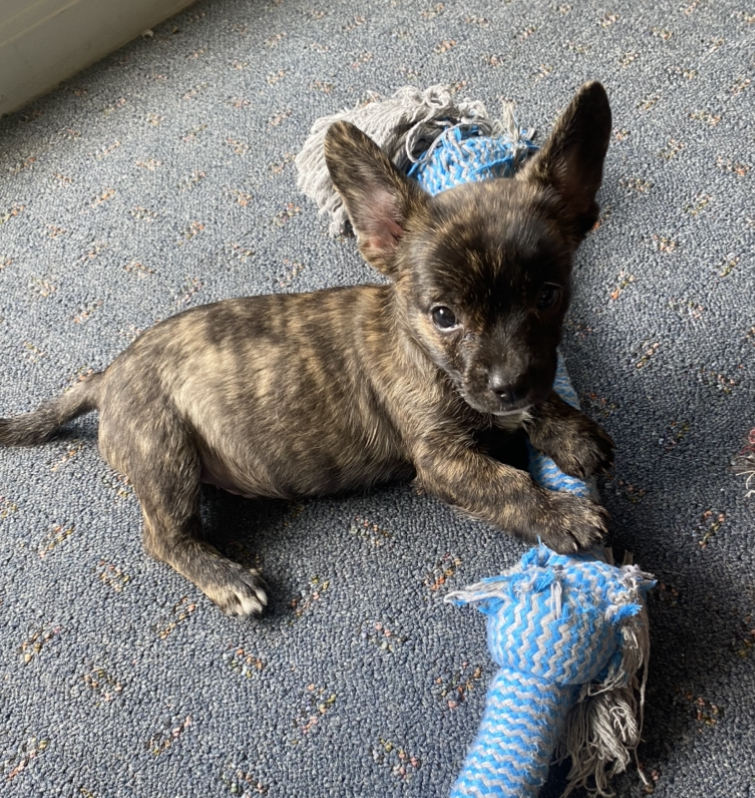
Don’t be hard on yourself
Trust us when we say, you are not alone here. Puppies need attention, until they are at least one or two years of age. They have excessive amounts of energy and need plenty of play time, cuddles and love.
Look at it this way, your puppy has bonded with you, and that is adorable AF, he wants to be around you every waking moment.
Register for Puppy School
Puppy school is the perfect way to surround yourself with other new puppy owners and learn some fantastic training techniques.
Puppy school can give you the opportunity to connect with others who are experiencing the same positives and negatives as you.

Dealing with the puppy blues can be challenging, and when you’re waking up at 3:00am to calm your puppy you may feel overwhelmed… But on the other side of puppy blues comes a rewarding experience that provides you and your new furry friend with a life-long companion.
Remember that the most important thing for your puppy’s long term development is patience, proper training and care. We wish you the best in your experience as a new puppy owner, and promise you a rewarding relationship moving forward.
Flea & Worming delivered by Aussie Vets monthly! Try your first month for just $10!
Let FleaMail be your puppy’s treatment companion so you can keep them up to date with their parasite prevention. This way you can focus on all the love and cuddles you’ll be sharing. Sign up today for just $10 and see how convenient FleaMail can be for you and your puppy.
Already have a four-legged member of the family? Share this post with your friends who are thinking about getting a puppy and help them make the right decision for their family!
Dr Evan Shaw


